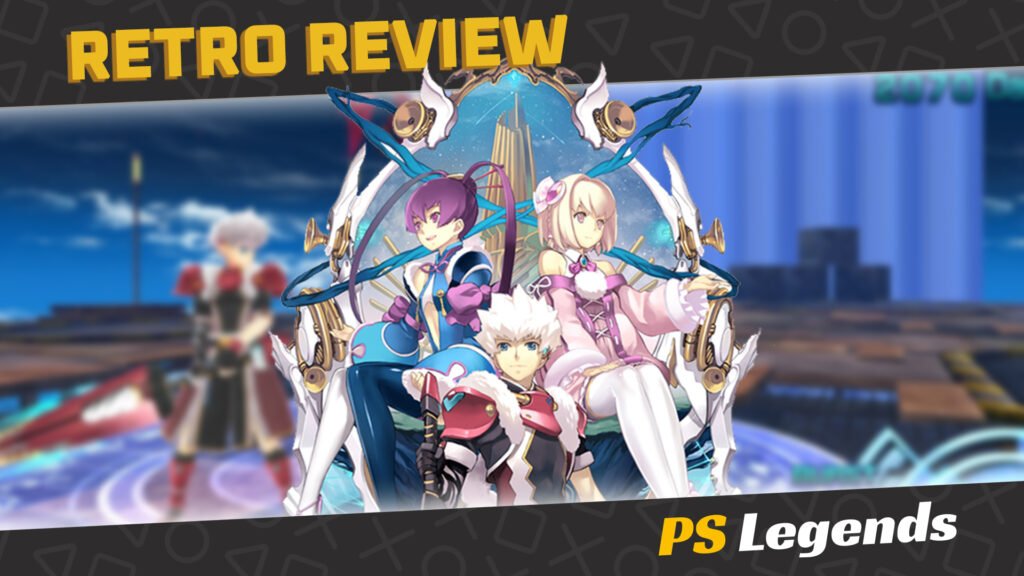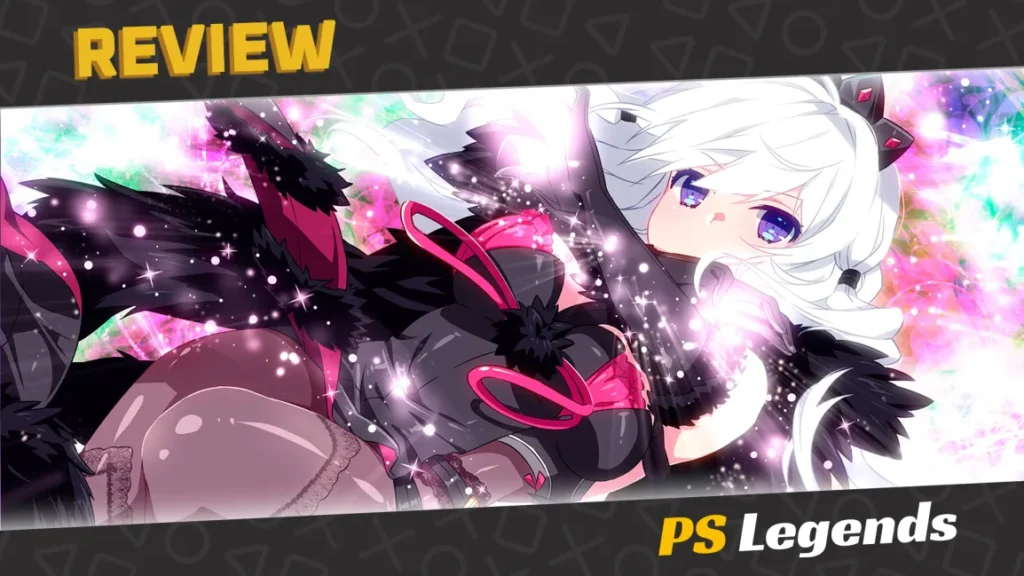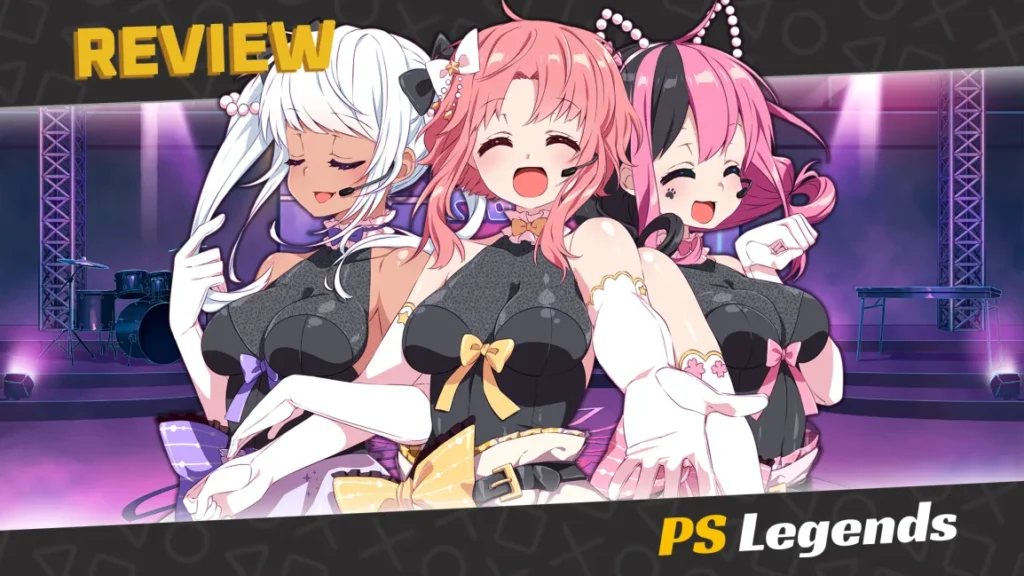You’ll be forgiven if you haven’t heard of the Ar Tonelico trilogy. The previous two games arrived so late in the PS2’s life-cycle that they simply went unnoticed. While most were tinkering with their shiny new PS3s, Ar Tonelico: Melody of Elemia and Ar Tonelico II: Melody of Metafalica were being ‘returned to sender’ by your local Game stores. Luckily, you won’t need to have played them to understand and appreciate this third and final chapter, Qoga (pronounced k-yoga) tells the story of a racial war between humans and Reyvateils, a breed of biologically produced female cyborgs capable of reproduction, while still having a digital mind.
On This Page

Introduction
Ar Tonelico is a multimedia project series made in collaboration by Gust Corporation and Banpresto (currently subsidiaries of Tecmo Koei and Namco Bandai Games respectively) consisting of video games, manga, and an OVA. The name of the series is also the name of the amplification complex composed by three monumental towers that appear in the aforementioned works. Throughout the life of the series, it was directed by Akira Tsuchiya (Gust) and produced by Atsunori Kawachi (Banpresto). The main theme songs for all of the games were sung by Akiko Shikata. More recently, it was succeeded by the connected Nosurge series.

Story
Ar Tonelico Qoga: Knell of Ar Ciel (or Ar Tonelico III: The Girl’s Song that Pulls the Trigger of World’s Demise, as the Japanese version of the game translates into) is set around two and a half years after the events of Ar Tonelico II in the Reyvateil-ruled country of Clustania, which is located in an area known as Sol Cluster. Clustania is situated on the third of the three towers of the world of Ar Ciel, which float above the uninhabitable Sea of Death, the post-apocalyptic, miasmic wasteland which was once a world not unlike our earth.
The players will take on the role of a young steeplejack apprentice called Aoto, who upon getting awakened by a ruckus outside his house, goes to investigate to find that Clustanian soldiers are attacking an old man and a swordswoman. After managing to drive them away, the swordswoman transforms into a girl called Saki. The old man dies from the wounds the Clustanians caused him, leaving Saki’s care in Aoto’s hands, while also leaving him a pendant he asks him to take to his son.
Aoto tries to head to the airbus terminal in order to run away from his village with Saki before the Clustanians catch them, where he meets a friend of his, Tatsumi. However, soon they are surrounded by the Clustanians, and Saki demonstrates an unusual power; by praying and using the Purge power, she transforms several of the Clustanian soldiers and their machines into cakes, making her fall unconscious, but allowing a very confused Aoto and Tatsumi to make their escape.
After they get away from the village, Saki wakes up, unable to remember anything about the events that just took place, and so Tatsumi advises Aoto to take her to a Reyvateil doctor residing at Eternus Shaft. However, neither of them knew that this would make them embark on a journey that would reveal why the Clustanians enforce such oppression, the shady plans that are being orchestrated at Archia Corporarchy, as well as also making them collaborate with people from the regions of Sol Ciel and Metafalss into an endeavor that would decide the fate of their planet, Ar Ciel.
Aoto will also learn that Saki is not the only Reyvateil with such unusual abilities, and must protect a group of mysterious Reyvateil girls in this colourful JRPG. The choices you make in regards to your relationships with these girls heavily influence not only the ending but most of the storyline in the latter half of the game too, which earns Qoga some major points for significant player-controlled plot direction.
Your Reyvateil companions also have some very unique abilities since they can switch personalities and physically transform into alternate aspects of their personas. These personas range from quirky to mysterious. For example, Saki, your first companion, can transform into Sarapatra, a beautiful, flirtatious woman who embodies Saki’s love, whereas her selfless, nurturing side is personified as Filament, a quiet, injured and possibly abused young nurse. I won’t spoil the others for you.
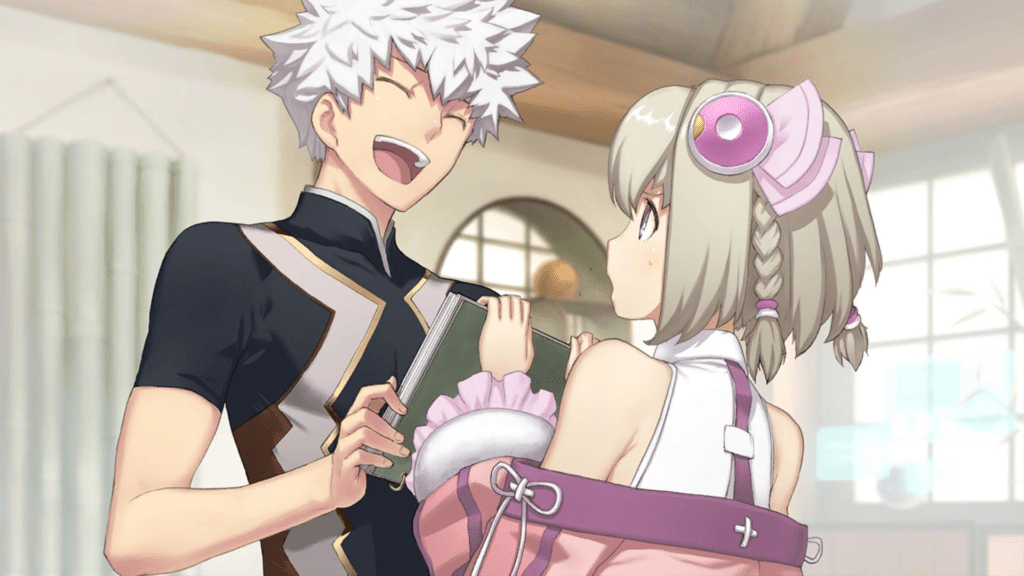
Gameplay
The battle system is in real-time. Only one Reyvateil can be present in battle. The player controls one of the three Vanguard (attacking) members and the AI controls the other two, though the player can change the character they are controlling at any time. The Reyvateils are defenseless by themselves, so they must be protected by the player. Therefore, if all three Vanguard characters fall in battle then the game is over, regardless of whether the Reyvateil is still standing or not.
Whilst this may sound difficult, battles are surprisingly easy and can usually be completed by simply mashing the attack button repeatedly. This is actually a breath of fresh air since so many modern JRPGs require ridiculous amounts of level-grinding, item/equipment preparation and skill experimentation (I’m looking at you Disgaea and Dark Souls).
Reyvateils (and their alternate personas) sing in battle to execute what is known as ‘Song Magic’. Depending on the actions of the player, the songs will combine and change. These changes have additional effects, such as increasing attack power, for example. Reyvateils can also ‘Purge’ to increase their power and unlock powerful special attacks for their Vanguards. Song Magic will change depending on the level of the Purge, which brings us neatly to what exactly Purging is, and it’s here where things get… interesting.
Purging is stripping. Yes, that’s right, stripping, the removal of clothes. With every Purge your chosen girl will shed one or two items of clothing, though the game does attempt to justify this action rather than deliver senseless and deliberate fan-service. Purging allows Reyvateils to absorb larger amounts of solar energy through their skin to amplify their powers, though this is a ‘mature’ title published by NIS America from the same JRPG sub-genre as the Hyperdimension Neptunia series so there’s clearly a lot of raw sex appeal in there. Despite describing fully Purged girls as ‘naked’, they will only ever strip down to their underwear. This actually feels like a missed opportunity since games that push the boundaries of sexual content are so few and far between.
During the game, Aoto, can ‘dive’ into the digital minds or ‘Cosmospheres’ of certain Reyvateils to upgrade their Song magic. Various personalities exist within the Cosmospheres to fulfil particular roles and interact with him. Diving additionally deepens the bond between the Reyvateil and the protagonist, and thus shapes the story around the girl which Aoto becomes closest with. If Aoto shuns or is indecisive towards the first two girls he meets, this may unlock a bad ending or open up a potential love story with the third girl, and so on.
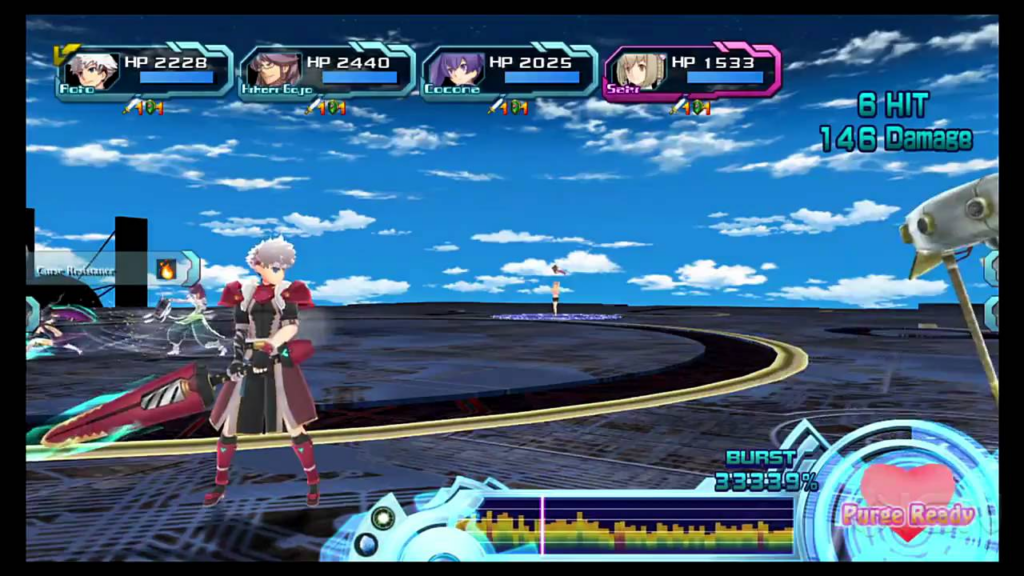
Graphics/Sound
Characters are your standard anime-inspired cel-shaded types normally associated with the genre, though there’s just enough colour variation, detail and smooth textures to keep things looking generation-relevant. Environments are where the game really shines, with gritty, lived-in, hand-drawn 2D locations with a fixed camera angle to give the game a retro edge. They certainly bring back fond memories of gorgeous late-90s JRPGs like Final Fantasy VII.
The soundtrack for the game was composed by the Gust Sound Team, though its configuration changed considerably in comparison to the previous games, placing more focus on vocalised hymns. The musical style for this game runs similar to that of the previous ones, featuring orchestral rock, electronica, ethnic, industrial, folk and fully choral styles.
For the hymns, three of the singers employed so far in the series made a return: Akiko Shikata, Haruka Shimotsuki and Noriko Mitose, alongside which several new singers joined the team for the game: Kokia, Yoko Ueno, Au (from the Gusya Ningen band), Azumi Inoue, Noriko Fujimoto, Yula Yayoi, Rekka Katakiri and Haruka Togawa. This makes an impressive choir of talent which resonates throughout the whole game soundtrack, and is enhanced further with a top-notch English dub too.

Replayability
With so many directions the story can take in the second half of the game, multiple endings are available should you wish to seek them out. Each ending is tied to Aoto’s relationship with a particular Reyvateil, meaning the girl you have the highest affinity with will influence your ending. If you want to see what alternatives are available, there’s a handy mechanic available where the game automatically creates a master auto-save at around the half-way point, giving you just enough time to alter the course of events as you wish. It’s a nice touch.

Conclusion
Ar Tonelico Qoga is a brilliantly simply game that focuses on the basics and polishing them to a mirror sheen. Combat is essentially a standard action system that’s enhanced by hugely destructive special attacks and can be mastered by timing your attacks alongside the music. There’s a wonderful retro feel throughout that’s comfortably nostalgic, yet nothing feels old or unrefined here.
With adorable characters (albeit with some dull and irritating NPCs), a captivating player-controlled story, a stunningly nostalgic yet strangely original game world combined with fast, fun combat, top-notch voice acting and a sexy twist, this is JRPG gaming at its very best. It won’t sell millions, but that certainly doesn’t mean it doesn’t deserve to. Rival developers have a lot to learn from this little gem. Do not miss out on this one.
Joys
- Player-controlled plot direction
- Simple interface
- Exceptional depth to the characters
Cons
- Some boring and occasionally annoying NPCs
- Multiple playthroughs required for full mastery and trophy hunting
